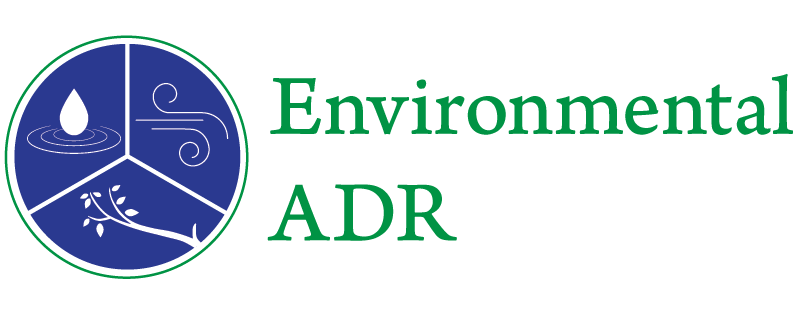 As my father would say, “this one was a sparkler.” Basically, this was a run-of-the-mill dispute among 6 parties over the costs of cleaning up PCE contamination in the groundwater. Each party was either a landowner or dry cleaning operator on three neighboring properties. The environmental regulatory agency had identified the parties as potentially responsible for a groundwater plume that presented a potential threat to local drinking water wells. Participants in the mediation were lawyers, clients, insurance carriers and environmental consultants for each party.
As my father would say, “this one was a sparkler.” Basically, this was a run-of-the-mill dispute among 6 parties over the costs of cleaning up PCE contamination in the groundwater. Each party was either a landowner or dry cleaning operator on three neighboring properties. The environmental regulatory agency had identified the parties as potentially responsible for a groundwater plume that presented a potential threat to local drinking water wells. Participants in the mediation were lawyers, clients, insurance carriers and environmental consultants for each party.
Early in the lawsuit, the parties agreed to ask the judge to put the discovery on hold in order to avoid unnecessary litigation time and expense and, instead, to work together in mediation to develop a joint remediation plan to present to the regulating agency. The parties’ were united in the following goals: (1) to share their independent, on-site investigation results; (2) to jointly share the costs of investigating the off-site “regional” groundwater contamination plume; (3) to agree on the most effective and least costly remedial approach; and then (4) to prepare a joint remedial action plan agency approval. After the agency approved their joint approach, the parties met in mediation and agreed on an equitable allocation of past and future costs and settled the lawsuit.
What did this “alternate” dispute resolution achieve?
An informed settlement based on the true costs of cleanup, a fair division of those costs among the parties, avoided unnecessary litigation procedures, discovery, motion practice and trial costs, avoided duplicative environmental investigation costs, presented a unified and collaborative face to the regulators and to the court which ultimately led to the acceptance of a remediation plan that was consistent with the interests of all parties.
I say further that there was a benefit to all in the reduction of partisanship and the stresses which litigation brings – and in the fostering of a professionally collegial environment where valuable services were delivered to all clients.


